
Social media has transformed how powersports businesses connect with enthusiasts. As the owner of an eCommerce PPC agency specializing in automotive and powersports marketing, I've seen firsthand how strategic social media use can revitalize brands in this space. The digital landscape offers tremendous opportunities for businesses willing to adapt.
Despite recent industry challenges, social platforms provide direct access to passionate powersports communities. These digital channels help businesses showcase products, build community, and drive sales when traditional approaches might not be sufficient.
This guide will explore practical strategies for powersports businesses to leverage social media effectively. From platform selection to content creation, advertising tactics to measurement frameworks, you'll find actionable insights to enhance your social media presence.
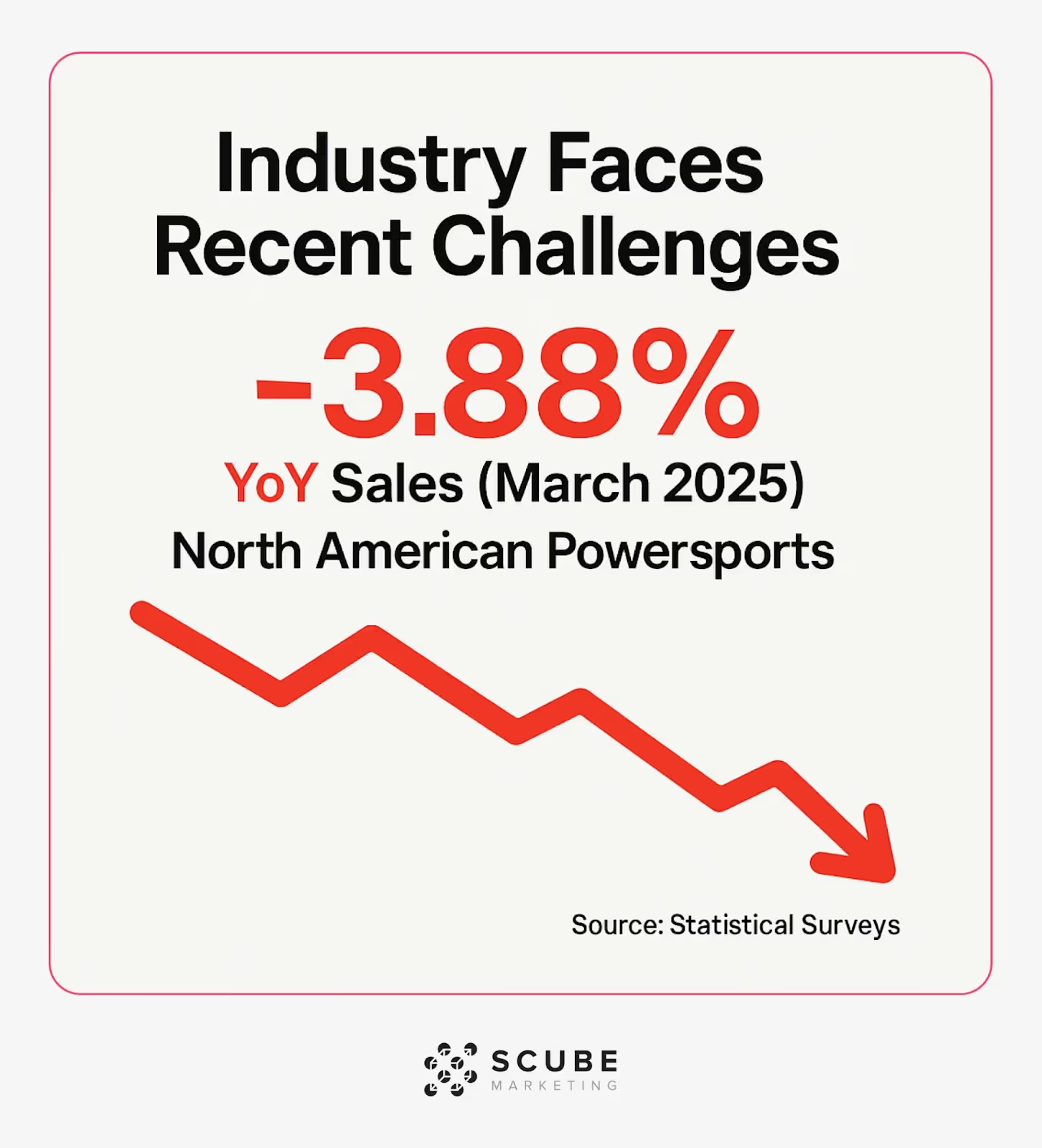
Before diving into social media strategies, it's important to understand the current industry context. The powersports sector has faced challenges recently, with March 2025 showing a -3.88% year-over-year decline in North American powersports sales. (Source: Statistical Surveys)
This decline follows broader economic trends affecting discretionary spending. However, digital channels provide new opportunities for businesses to navigate these challenges. Online platforms allow direct consumer engagement regardless of market fluctuations.
The following table illustrates recent performance metrics in the powersports industry, providing context for our social media discussion:
This data underscores why social media has become essential rather than optional for powersports businesses. The industry's digital transformation continues to accelerate despite sales fluctuations.
The powersports community is inherently social and passionate about sharing experiences. This makes social media a natural fit for marketing in this industry. The visual nature of powersports products also lends itself perfectly to image and video-centric platforms.
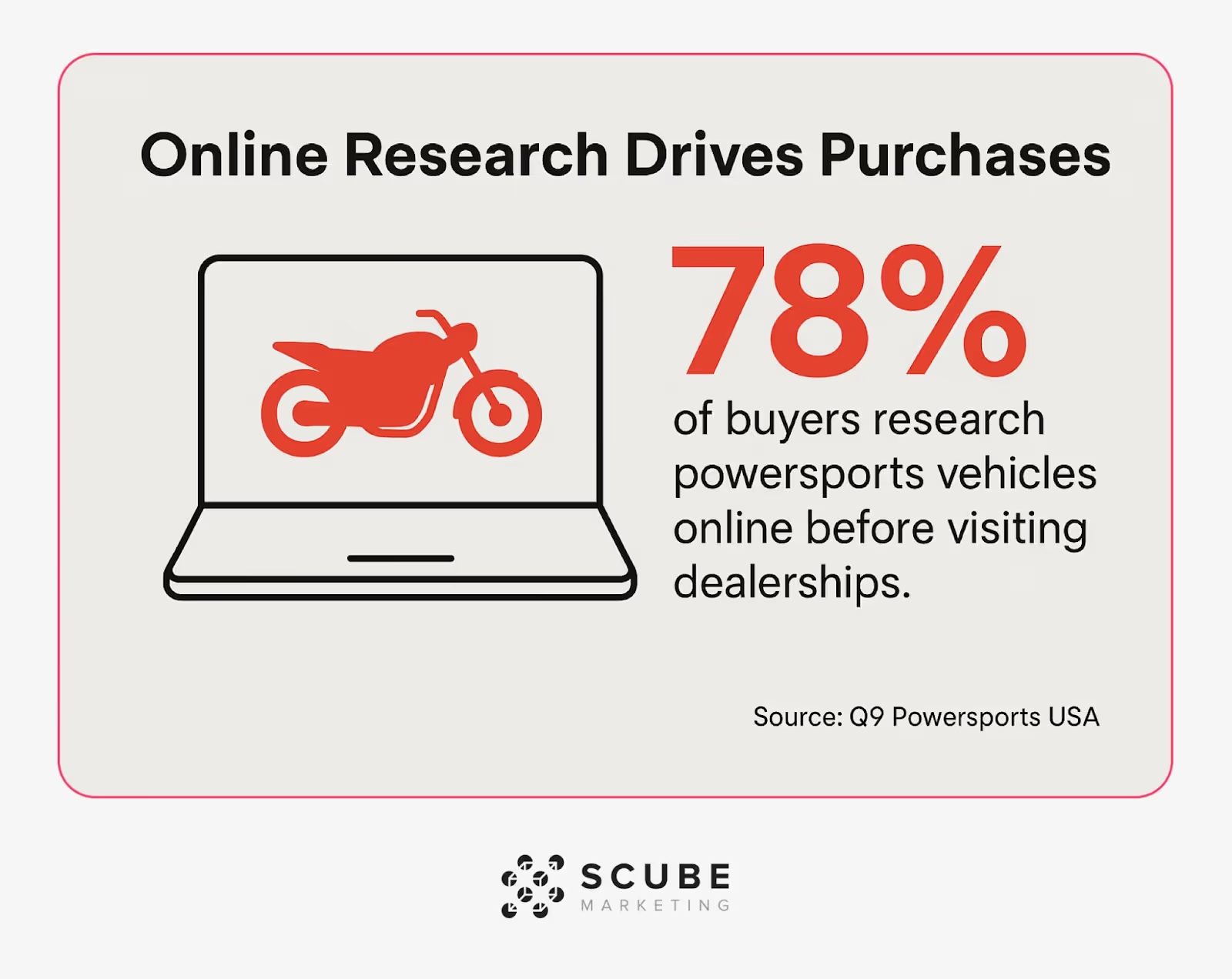
Perhaps most compelling is that 78% of buyers research powersports vehicles online before visiting dealerships. (Source: Q9 Powersports USA)
This statistic highlights the critical role digital channels play in the purchase journey. Social media serves as both a research tool and a community hub for enthusiasts.
The most effective platforms for powersports marketing include:
Each platform offers unique advantages depending on your specific goals and target audience. Understanding how to test social media engagement in your specific powersports market helps ensure your efforts generate meaningful results.
Creating a social media strategy for a powersports business requires understanding your audience, developing engaging content, and maintaining consistency. Let's break down these key components.
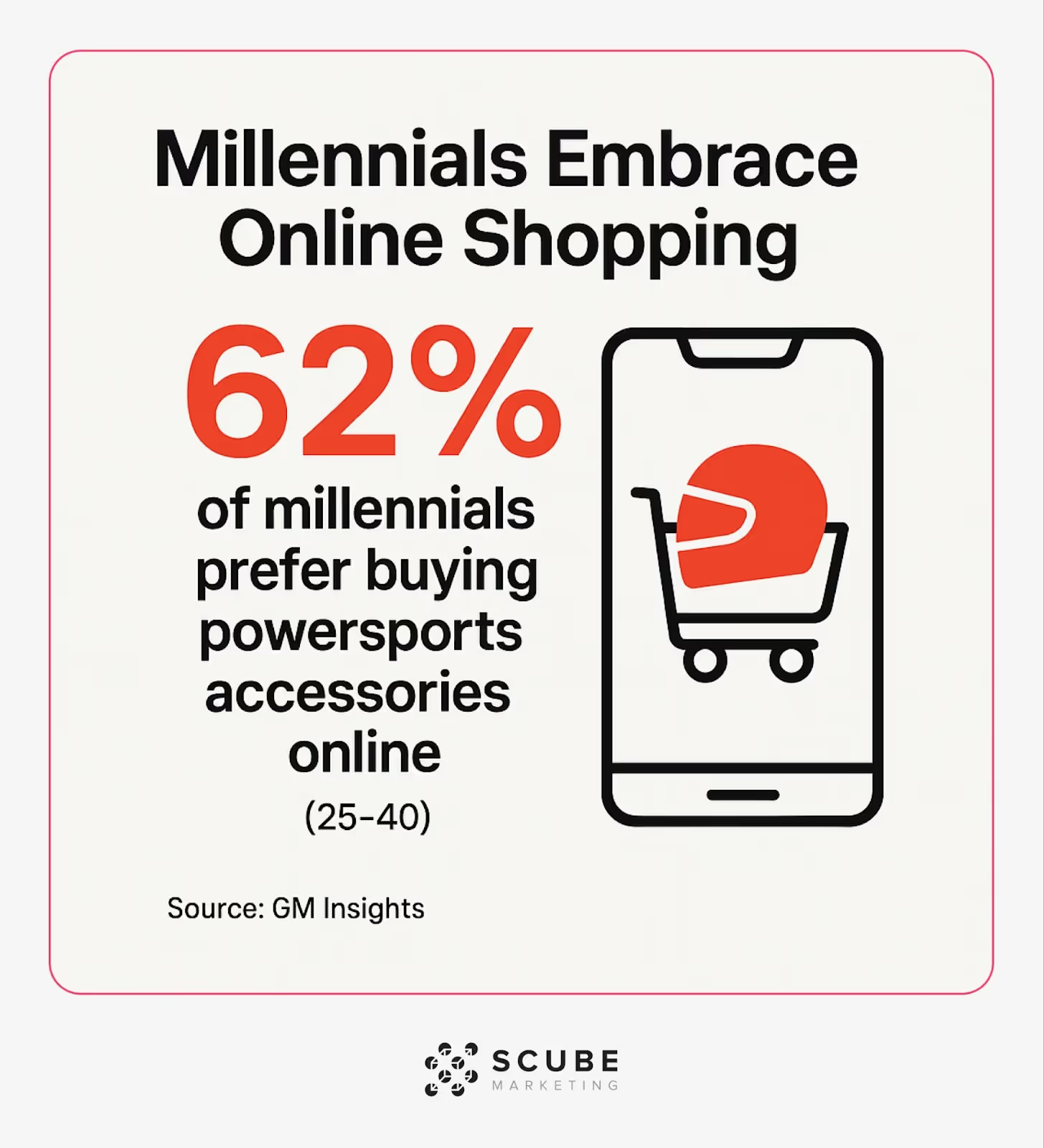
The powersports community encompasses diverse segments with different preferences and behaviors. Research shows that 62% of millennials prefer buying powersports accessories online. (Source: GM Insights)
This preference for online shopping extends to how younger enthusiasts discover products. Social media serves as a primary research tool for this demographic.
Understanding your specific audience segments helps determine which platforms deserve your focus. Different powersports categories attract distinct demographic profiles.
This demographic breakdown helps focus your efforts where they'll generate the best return. For powersports businesses, a multi-platform approach often works best, with content adapted to each channel's unique characteristics.
Content that resonates with powersports enthusiasts typically shares common characteristics. It's authentic, visually compelling, and often showcases the experience rather than just the product.
In my experience working with powersports clients, user-generated content consistently outperforms branded material. Enthusiasts trust fellow riders more than polished marketing messages.
Content types that perform particularly well include:
The concept of optimizing Facebook ads with a limited budget is particularly relevant for small to medium-sized powersports businesses that need to maximize their social media impact without excessive spending.
The following table illustrates typical engagement rates for different content types in the powersports industry:
This data can guide your content planning process. Focus more resources on high-engagement content types while maintaining a balanced mix for audience variety.
Video dominates social media engagement across all industries, but it's especially powerful for powersports. The dynamic nature of these vehicles demands motion to truly showcase their appeal.
Short-form video has become increasingly important with the rise of TikTok and Instagram Reels. These formats allow powersports businesses to capture attention quickly and reach new audiences through algorithmic distribution.
Live video also offers unique opportunities for powersports brands. Product reveals, Q&A sessions, and virtual events can create real-time engagement with your community.
Each platform has different video specifications and audience expectations. What works on YouTube might need adaptation for TikTok or Instagram.
Once you've established the fundamentals, these advanced tactics can help elevate your social media presence and drive measurable business results.
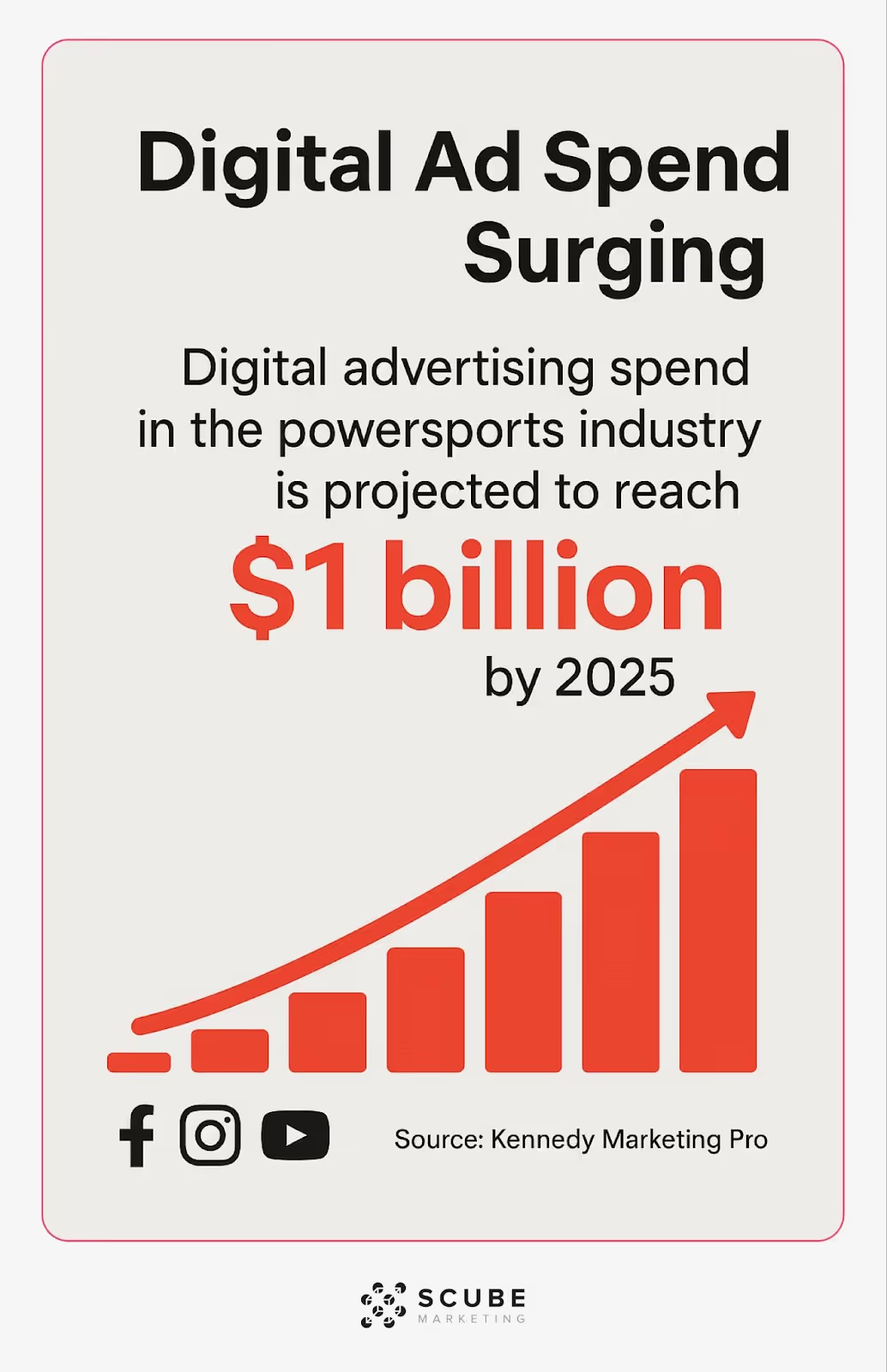
Organic reach has limitations, making paid social media an essential component of an effective strategy. Digital advertising spend in the powersports industry is projected to reach $1 billion by 2025. (Source: Kennedy Marketing Pro)
This significant investment reflects the effectiveness of targeted social advertising. The detailed targeting options available make these platforms highly efficient for reaching qualified prospects.
While creating an effective social media strategy is crucial, understanding how to run successful Facebook ad campaigns can amplify your organic efforts and drive more immediate results for your powersports business.
The following table provides benchmarks for social media advertising in the powersports industry:
These benchmarks provide a starting point for planning your advertising budget and setting performance expectations. Your specific results may vary based on targeting, creative quality, and market conditions.
In-person events remain powerful in the powersports industry, especially when amplified through social media. Successful dealerships combine test ride events with social media campaigns, achieving an average 27% conversion rate from interested prospects to purchasers.
The synergy between physical events and digital promotion creates a powerful marketing combination. Social media extends the reach and impact of local events beyond their physical limitations.
Effective event-based social strategies include:
These approaches help maximize the value of your events through extended digital engagement. The event itself becomes content fuel for your ongoing social media presence.
Technological innovations continue to expand social media capabilities for powersports businesses. Augmented reality tools have proven particularly effective, helping customers visualize products before purchase.
AR applications allow potential customers to visualize accessories on their specific vehicle models or see how protective gear might look on themselves. This technology bridges the gap between online shopping and physical retail experiences.
AI-powered tools are also transforming social media management. These solutions can help with content scheduling, performance analysis, and even content creation assistance.
With social media targeting capabilities becoming increasingly sophisticated, powersports businesses have unprecedented opportunities to reach their ideal customers with highly relevant messaging and offers.
Effective measurement is essential for optimizing your social media efforts. Without clear metrics, it's impossible to determine what's working and what needs adjustment.
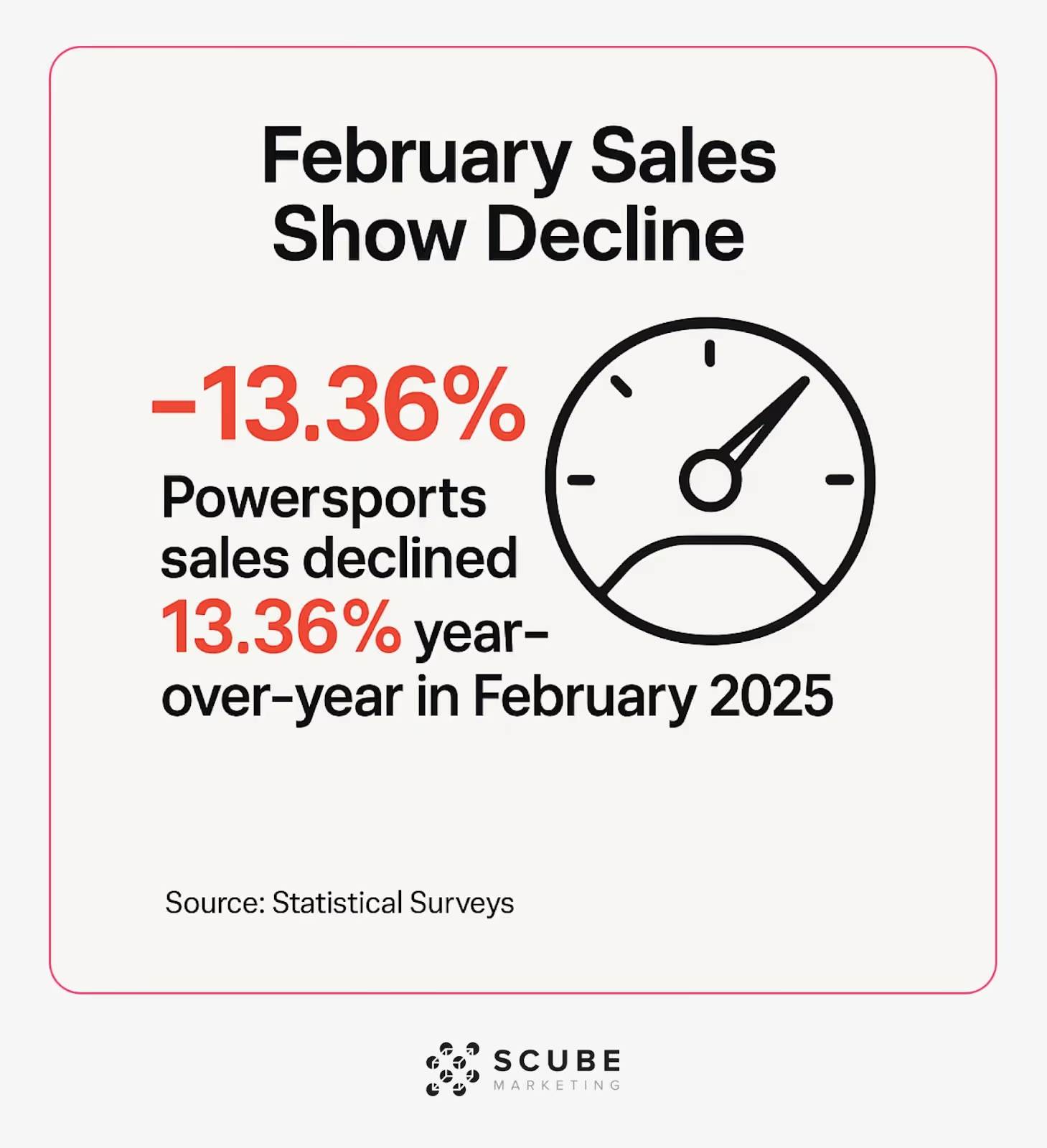
The recent industry context adds importance to measurement. Powersports sales declined 13.36% year-over-year in February 2025. (Source: Statistical Surveys)
In challenging market conditions, efficient marketing becomes even more critical. Social media metrics help ensure your investment delivers maximum returns.
The following table outlines key metrics to track for powersports businesses on social media:
These metrics should align with your specific business goals. A dealership might focus more on lead generation metrics, while an accessories retailer might prioritize direct sales conversions.
Attribution remains challenging in social media marketing. Multi-touch attribution models help understand how social channels contribute to the overall customer journey alongside other marketing efforts.
Learning from successful examples helps inform your own strategy. Here are key takeaways from effective powersports social media campaigns.
Community-building campaigns consistently outperform pure product promotion. The most successful brands focus on the lifestyle and experiences surrounding their products rather than the products alone.
User-generated content campaigns drive exceptional engagement. Programs that encourage customers to share their adventures with branded hashtags create authentic advocacy that resonates with potential buyers.
Video-centric campaigns dominate in terms of reach and engagement. Brands that invest in high-quality video assets see substantially better performance across most platforms.
The Hoonigan brand offers an excellent case study in building a passionate community through social media. Their content strategy focuses on authentic enthusiast content that speaks directly to their audience's interests and values. You can learn more about their approach in our Hoonigan case study.
Creating an effective social media strategy requires structure and planning. This roadmap provides a framework for implementing the tactics we've discussed.
Start with a focused 30-day plan to build momentum. This initial phase should establish your foundation and begin generating early results.
Your 30-day quick-start plan should include these steps:
Following this initial phase, expand into a 90-day growth strategy focused on optimization and audience expansion. This phase builds on your foundation while testing new approaches.
Long-term sustainability requires ongoing adaptation. Social platforms and audience preferences continually evolve, necessitating regular strategy adjustments.
Remember that consistency often trumps perfection in social media marketing. Regular posting of good content outperforms occasional posting of perfect content.
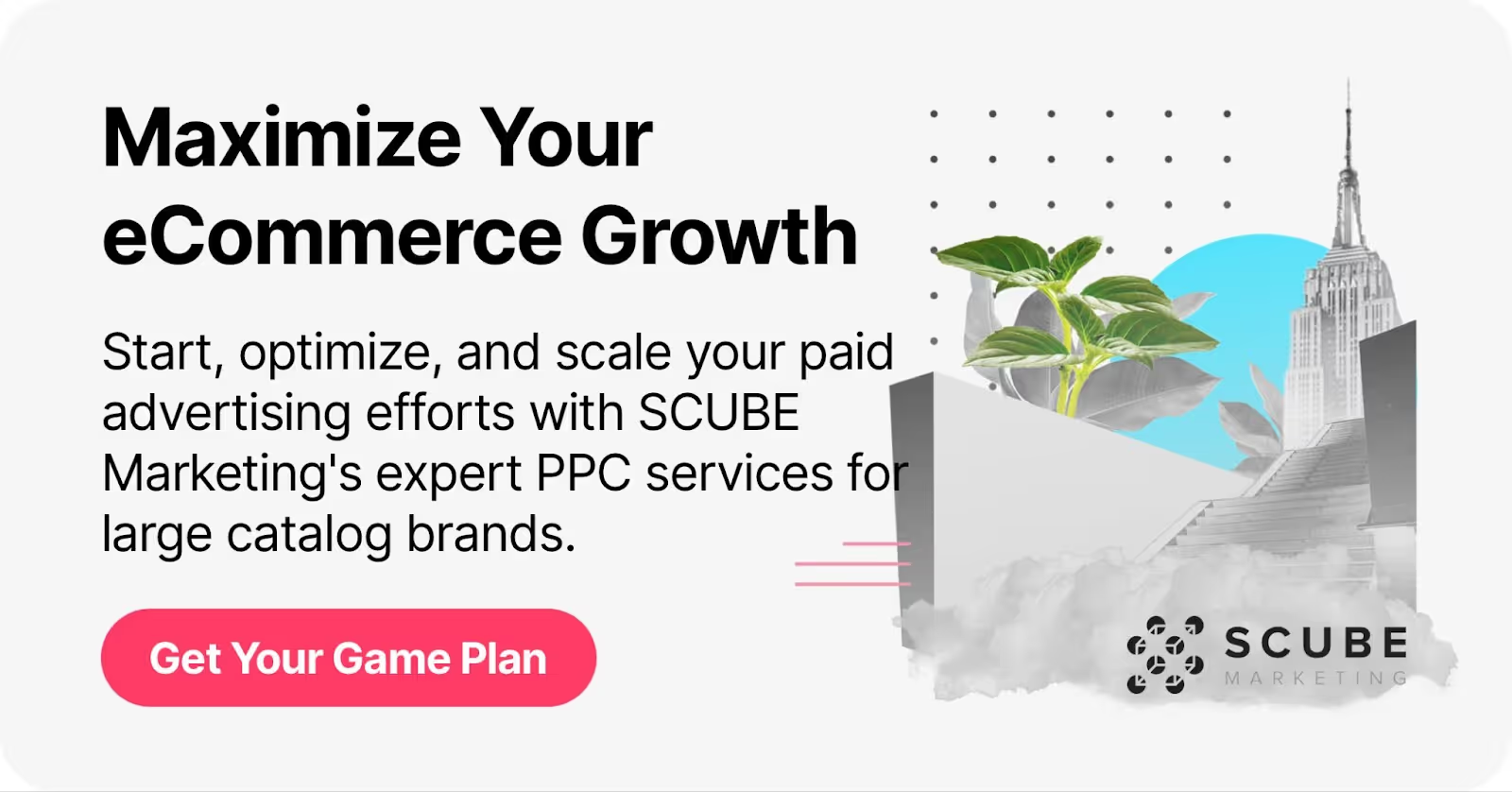
Social media offers powersports businesses unprecedented opportunities to connect with enthusiasts, showcase products, and drive business growth. The platforms' visual nature aligns perfectly with the visual appeal of powersports products.
The strategies outlined in this guide provide a framework for developing an effective social media presence. From understanding your audience to creating engaging content, implementing advertising campaigns to measuring results, these approaches can help your business thrive.
Remember that social media success rarely happens overnight. Building a meaningful presence requires consistent effort and ongoing optimization. The most successful brands view social media as a long-term investment rather than a quick fix.
As the powersports industry continues to evolve, social media will remain a critical channel for connecting with customers and building community. Businesses that master these platforms gain a significant competitive advantage in both challenging and favorable market conditions.
For more insights on optimizing your digital marketing strategy, explore our resources on aftermarket auto parts eCommerce success strategies, which contains many principles applicable to powersports businesses.